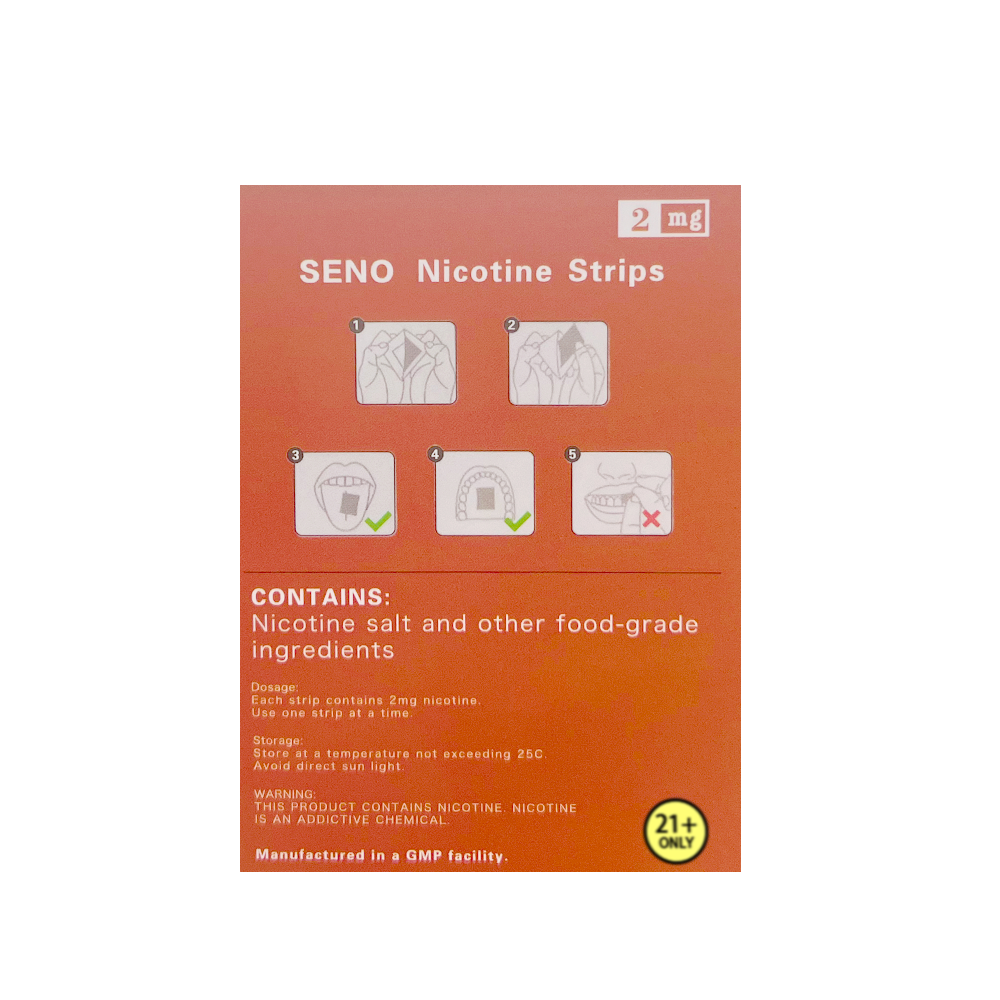Chemical Hazards: Understanding the Risks and Protecting Your Health

Chemicals are an integral part of our daily lives, playing a crucial role in various industries and products. While many chemicals are safe when used properly, there are instances when they can pose significant health risks. Understanding when chemicals can be harmful is essential for ensuring personal safety and making informed decisions. In this article, we will explore the different scenarios in which chemicals can be harmful and discuss ways to mitigate these risks.
- Occupational Exposure:
One of the primary concerns regarding chemical hazards is occupational exposure. Many workers are exposed to chemicals in their workplaces, such as factories, laboratories, and construction sites. Prolonged exposure to certain chemicals, such as solvents, heavy metals, and carcinogens, can lead to various health issues, including respiratory problems, skin disorders, organ damage, and even cancer. It is crucial for employers to implement proper safety measures, such as providing protective equipment, adequate ventilation, and regular training, to minimize the risks associated with chemical exposure. - Environmental Contamination:
Chemicals can also be harmful when they contaminate the environment. Industrial waste, improper disposal of chemicals, and accidental spills can lead to the pollution of air, water, and soil. This contamination can have detrimental effects on ecosystems, wildlife, and human health. For example, exposure to pesticides in contaminated water sources can lead to long-term health problems, including developmental issues and neurological disorders. Strict regulations, responsible waste management practices, and promoting sustainable alternatives are essential in reducing environmental contamination and protecting both nature and human health. - Consumer Products:
Chemicals can also pose risks when present in consumer products. Many everyday items, such as cleaning agents, personal care products, and household chemicals, contain potentially harmful substances. For instance, certain cleaning products may release volatile organic compounds (VOCs) that can irritate the respiratory system and trigger allergies. Similarly, some personal care products may contain phthalates or parabens, which have been linked to hormonal disruptions and reproductive issues. Being aware of the ingredients in consumer products, reading labels, and opting for safer alternatives can help minimize exposure to harmful chemicals. - Accidental Exposure:
Accidental exposure to chemicals can occur in various situations, such as spills, leaks, or mishandling of substances. This can happen both in industrial settings and at home. Some chemicals, such as corrosive acids or strong alkalis, can cause immediate harm upon contact with the skin or eyes. Ingesting or inhaling certain chemicals can also lead to poisoning or respiratory distress. It is crucial to handle chemicals with care, follow proper storage and disposal procedures, and seek immediate medical attention in case of accidental exposure.
Conclusion:
Chemicals can be harmful in various scenarios, including occupational exposure, environmental contamination, consumer products, and accidental exposure. Understanding the risks associated with chemicals is vital for safeguarding our health and well-being. By implementing proper safety measures, promoting responsible waste management, and making informed choices as consumers, we can minimize the potential harm caused by chemicals. Stay informed, stay safe!


